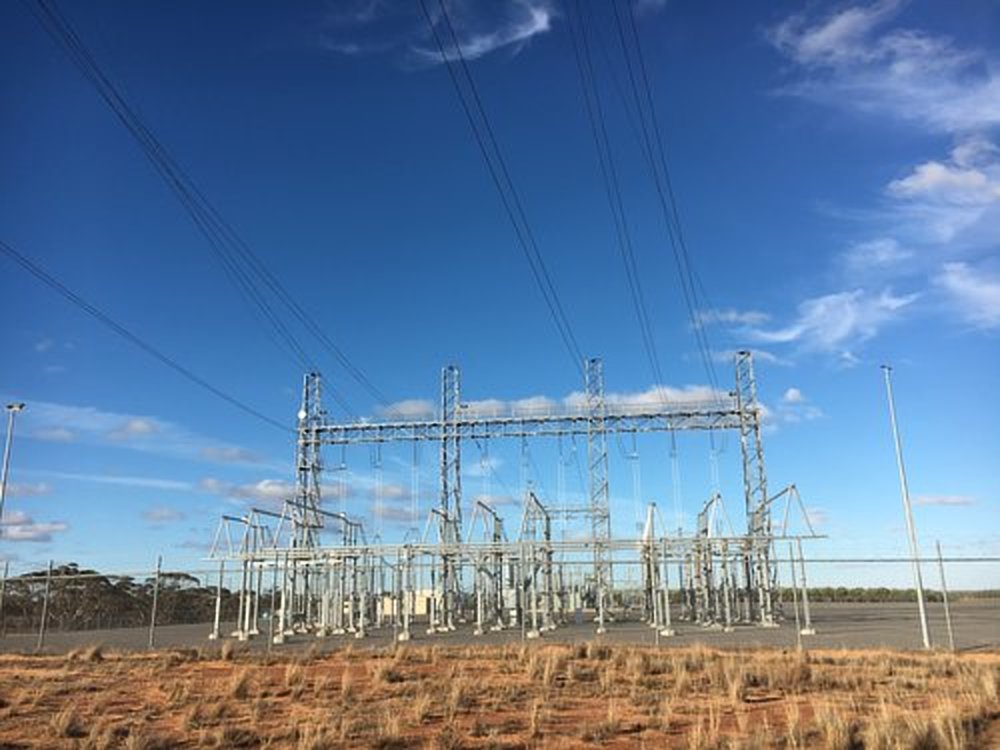The Australia’s energy market rule-maker’s proposed changes are intended to provide clarity when multiple parties use the same privately owned infrastructure to connect to the transmission network.
Under the existing arrangements, connection assets can be shared but all users must connect at the same point. The changes provide electricity generators with their own connection point, ensuring more efficient use of connection assets and allowing each connecting party to be treated individually.
AEMC acting chair Merryn York said having multiple generators connected to the network at the same point can lead to difficulties with technical standards and settlement in the dispatch system.
“Our proposed changes make it easier for multiple parties in close proximity to each other to share assets while at the same time protecting the security of the power system,” she said.
“This is helping more generators and large users connect to the grid and in effect creates mini REZs. While larger REZs will have to operate in a different way, these changes are an initial step that will introduce REZ-style thinking into the power system.
“As the energy system transforms and more generators are seeking to connect, the potential to share power system assets is increasing. So, we need to ensure this change can be accommodated. This draft rule is part of our broader work – and the Energy Security Board’s work – to keep the many moving parts of the power system up to speed with the fast-paced transition underway.”
New South Wales is among the state governments to roll out plans for renewable energy zones in a bid to aid a smooth transition away from fossil fuels and towards zero-carbon electricity while maintaining reliable supply. The $32 billion Electricity Infrastructure Investment Bill, which passed through the Upper House on Wednesday, includes details for five REZs to be established across regional NSW.
A day earlier the Victorian state government pledged $543 million in the 2020/21 budget to fund six new REZs while the Queensland government announced in September it would invest $145 million to develop three REZs across the state.
AEMC’s proposed rule changes come after the Australian Energy Market Operator (AEMO) requested a review of the framework governing dedicated connection assets (DCAs).
Currently, these privately owned and operated assets are not part of the transmission network. Under the changes, while they can remain privately owned, any DCA power line over 30km long will be treated as part of the transmission network. This will require the relevant transmission network service provider (TNSP) to manage these power lines.
However, market participants that fund these assets will retain special access rights, providing them with access protections and advance knowledge of who else wants to connect to the same power lines and where they will be located, rather than being subject to the open access arrangements that apply to the broader transmission network.
Under the changes, the assets will also be re-named as ‘designated network assets’ to distinguish them from power lines under 30km, which will remain as dedicated connection assets as already described in the rules.
Submissions to the draft determination will remain open until January 28, 2021. The Energy Security Board will also shortly begin consulting on arrangements that will support the development of REZs.
This content is protected by copyright and may not be reused. If you want to cooperate with us and would like to reuse some of our content, please contact: editors@pv-magazine.com.









1 comment
By submitting this form you agree to pv magazine using your data for the purposes of publishing your comment.
Your personal data will only be disclosed or otherwise transmitted to third parties for the purposes of spam filtering or if this is necessary for technical maintenance of the website. Any other transfer to third parties will not take place unless this is justified on the basis of applicable data protection regulations or if pv magazine is legally obliged to do so.
You may revoke this consent at any time with effect for the future, in which case your personal data will be deleted immediately. Otherwise, your data will be deleted if pv magazine has processed your request or the purpose of data storage is fulfilled.
Further information on data privacy can be found in our Data Protection Policy.